How Asian Food Creates Pop Culture Connections
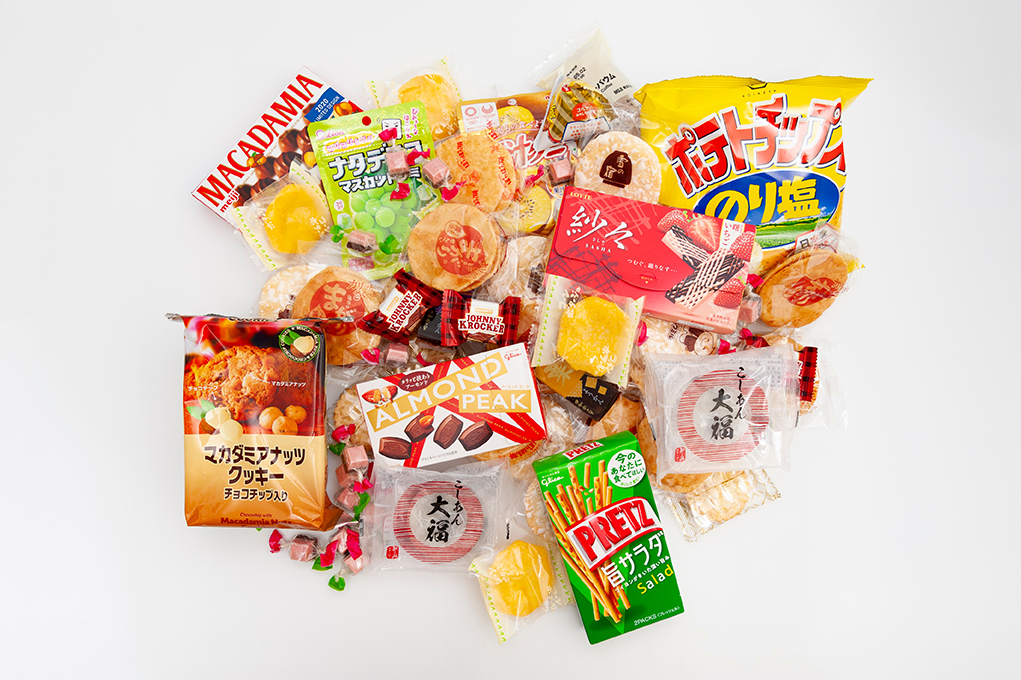
Sergio Yoneda – stock.adobe.com
Food has always been a universal connector that brings people together. It’s everyone’s favorite shared activity, one that breaks down walls and opens conversations. It isn’t just about what’s on the plate — it’s about emotion, sharing, identity, and belonging. Asian cuisine, once relegated to the “ethnic” aisle or neighborhood mom-and-pop spots, is now shaping restaurant trends, grocery aisles, and the way we think about culture. Storytelling through food can tap into nostalgia, spark curiosity, and in a world where brands are constantly looking for authentic connections, offer a cool and relevant way into pop culture.
From On-Screen to On-Plate
When HBO’s The White Lotus went to Thailand for season 3, we naturally anticipated renewed interest in Thailand as a travel destination. In fact, the Four Seasons Koh Samui where the show was filmed, has already reported experiencing the “White Lotus effect,” a surge in interest from travelers, since the season premiere. The Four Seasons took this opportunity to create a memorable experience with a collaboration with Soothr, an acclaimed Thai restaurant in NYC. They curated a Thai dining experience crafted specifically for the show’s pre-screening event, taking a TV moment and turning it into something you could taste. Guests were transported straight into the show’s world of indulgence and escapism, making a seamless connection between food, travel, and storytelling. This collaboration showed how food can be a catalyst for memorable and meaningful brand engagement. Working with experts in Thai cuisine ensured authenticity, crafting a truly immersive cultural experience.
Grocery Aisles Get a Makeover
Asian grocery stores used to be reserved mainly for the immigrant communities they served, but since the proliferation of Asian cuisine in America, the H Marts and 99 Ranches have become a popular destination for a broader group of American cooks and diners. Online Asian grocers like Weee! are helping consumers fill their pantries with Asian foods no matter where they live, while mainstream grocery shelves continue to expand their selections of Asian brands. It’s no surprise then, that Asian food brands themselves are being reinvented by Asians in America. Homegrown brands like Fly By Jing, Omsom, and Sanzo are challenging food norms with cultural pride. They aren’t just selling chili crisp or sparkling water, they’re selling heritage, nostalgia, and a sense of belonging. Omsom founders and sisters Vanessa and Kim Pham, built the brand to celebrate bold, unapologetic Asian flavors, inspired by their Vietnamese heritage. Growing up, they watched grocery stores water down Asian ingredients, so they created Omsom as a way to reclaim those flavors. Their meal starters don’t just make cooking easier—they challenge outdated ideas about what Asian food should be, rewriting the narrative around authenticity in the grocery aisle. By centering their personal story, they’ve built a brand that feels both modern and deeply rooted in tradition.
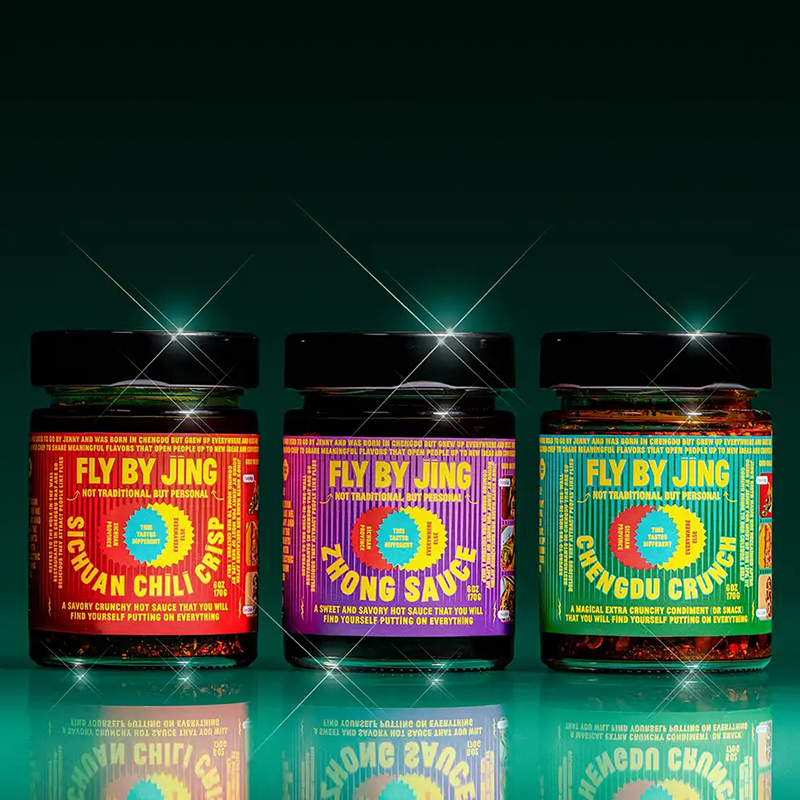
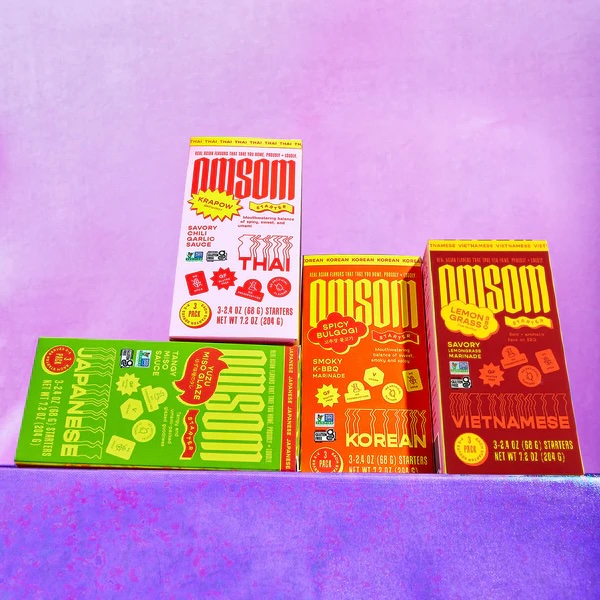
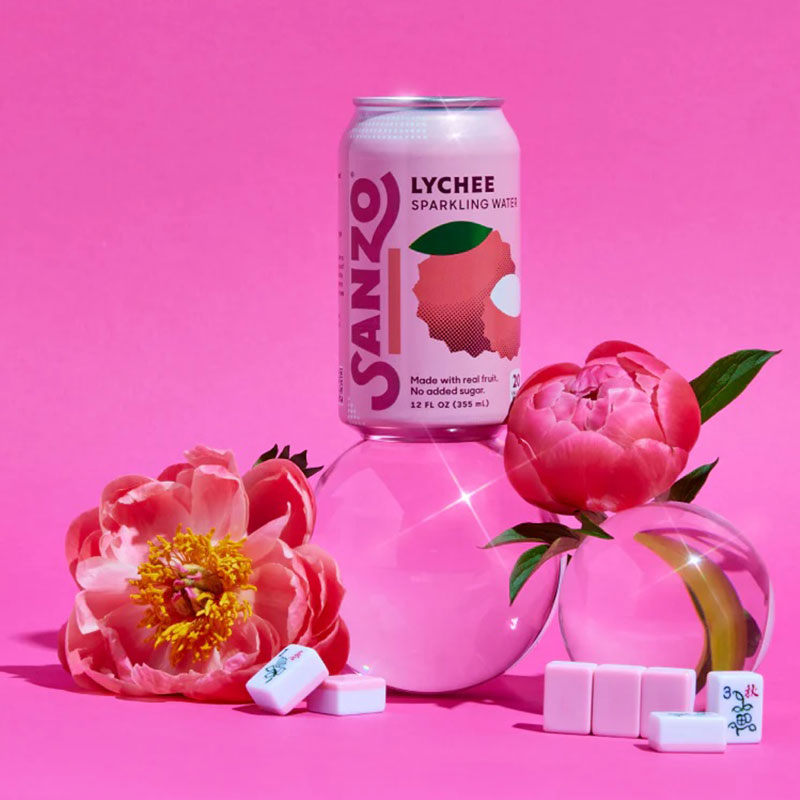
Fashion Meets Flavor
Storytelling through food isn’t restricted simply to the food industry. Famous food brands like Nissin can also be a conduit for pop culture cool in other lifestyle categories. In 2020, Nissin Cup Noodles and Sanrio joined forces to bring together the nostalgia of instant ramen and the cultural icons of Hello Kitty and Gudetama. They created a co-branded clothing line that turned ramen into a fashion statement. This collaboration was a partnership celebrating Japanese cultural icons, proving that food culture has the power to influence fashion and lifestyle. Tapping into beloved characters Hello Kitty and Gudetama (a natural fit with ramen – ramen and egg go together), Nissin created a tangible experience that extended beyond the dining table. Partnerships like these demonstrate how brands can use food culture to build fun, lifestyle-driven connections.
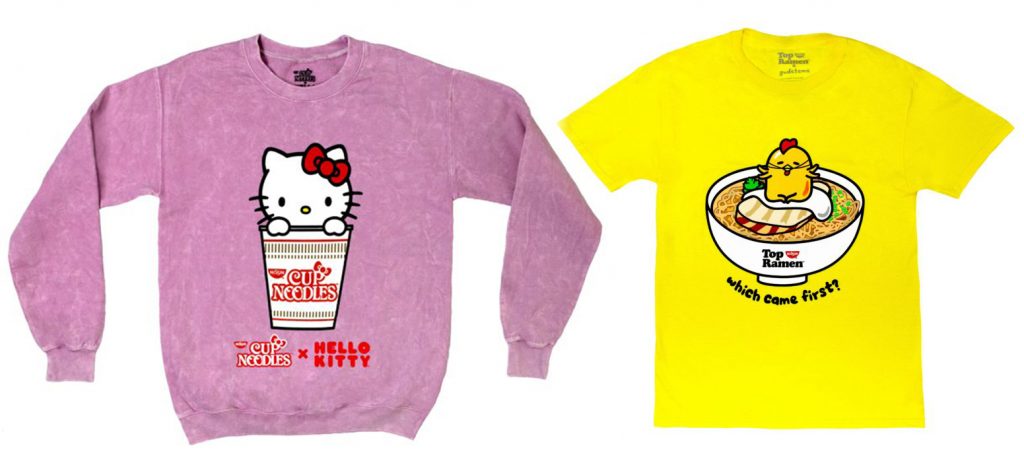
Food is Culture – and More
Food is more than sustenance—it’s culture, memory, and identity wrapped up in every bite. Asian cuisine has gone from niche to mainstream, and the smartest brands aren’t just capitalizing on it—they’re celebrating it in ways that feel true, relevant, and deeply connected to the people who love and appreciate it the most. The popularity of Asian food offers us new ways to engage with American consumers today, through stories and moments that bring people together.
At APartnership, we help brands authentically engage with multicultural America. Want to build something great together? Let’s talk.



